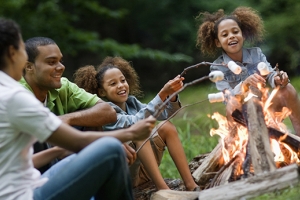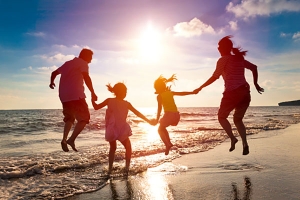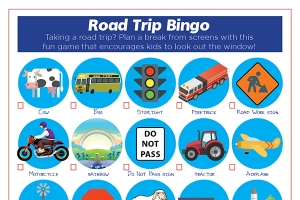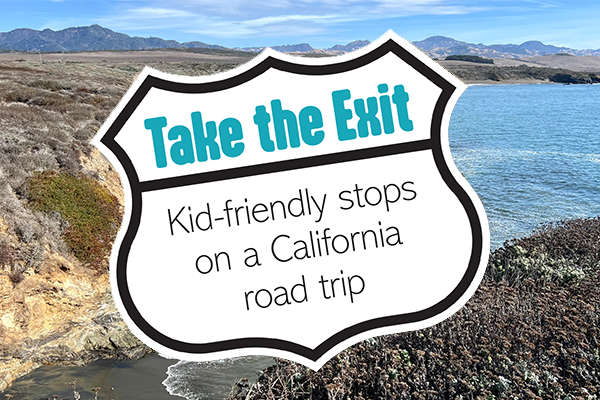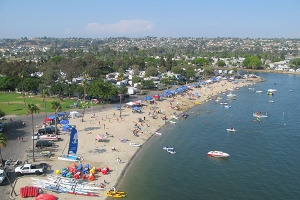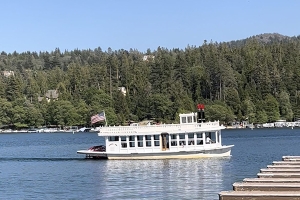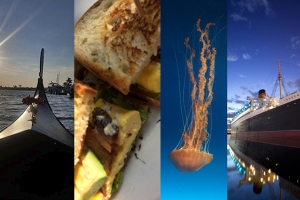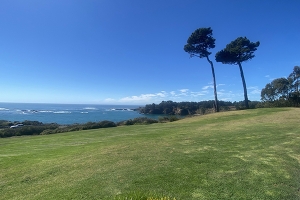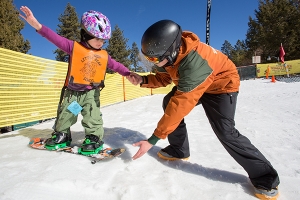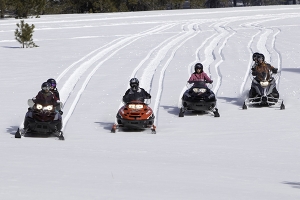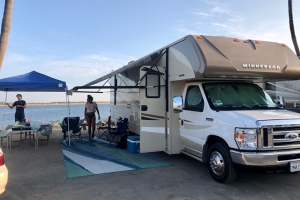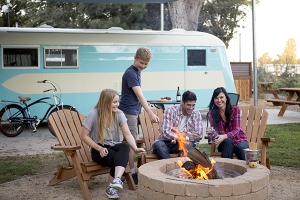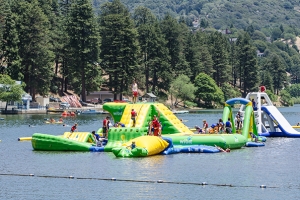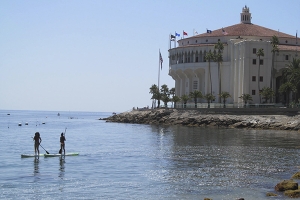
Keeping children safe while on board a boat—any boat from a canoe to a cruise ship—means observing the same, sane rules you use at home and away but with important differences.
First, boats move up and down, side to side. They can lurch unexpectedly and sometimes violently. When a boat suddenly goes aground it stops as abruptly as a collision, yet you probably never saw it coming.
Second, being on the water has its own dangers. Look away for only a moment and a child could fall overboard and perhaps be injured from the fall. A good family rule is to put on children’s personal flotation device (PFD) as they leave the car and leave them until the boating day is over and everyone is back in the car again.
Third, boating is great fun. Being “rocked in the cradle of the deep” can put babies to sleep but also lull families into complacency. Before spending the night on board, review safety drills and fire escapes. They’re required on cruise ships and are a smart idea too for the family boat. Such drills are far different from fire drills at home. For example, older children should know the locations of all escape hatches and how to open them.
They may also vary each night depending on whether you’re at your home dock, an unfamiliar dock, or at anchor. At home, families choose a place to meet after everyone is safely out of the house. When boating, that safe place will be different each time.
Despite its obvious dangers, boating has unique delights for families. Children ages 8 and over can do chores and steer a course. Kids can learn salty skills as splicing, knot tying, and how to “flemish” and “flake” lines. Nothing teaches conservation better than running out of fresh water or having the “house” battery go dead. Without realizing it kids soak up meteorology, environmental sciences, navigation, teamwork and so much more.
Here’s how to kid-proof your boat.
Adding guardrail netting (much like the soft netting used in playpens) is a big safety plus in keeping little ones from falling overboard. It’s available from marine suppliers and catalogs.
Plug-in household night lights work when you’re on shore power. At other times children can use chemical light sticks (e.g.Cyalume) to provide safe, cool, spark-proof emergency lighting. Install waterproof, shockproof, 12-volt LED courtesy lights at strategic spots around the boat. They’re found at marine suppliers.
One or more carbon dioxide alarms are a must on any boat that uses fuel (cooking engine, generator). CO2 is not “seen” by smoke detectors or fuel “sniffers.” You need dedicated CO2 alarms, preferably models that give both audible and visual signals. An alarm should be mounted in every sleeping compartment. Often the headaches and nausea of CO2 poisoning are mistaken for flu, so you’re tempted to stay in bed at a time when it’s crucial to get out into fresh air. CO2 tends to seek out low places so you’re even at risk in the open air when running an engine or generator in a small lake or enclosed harbor.
To be Coast Guard compliant, you must have safety equipment on board including life vests. Better still, fit new vests every few years specifically for children’s sizes including infants. The best PFDs can turn a body upright and keep the head above water, even if the person was unconscious when he hits the water. They aren’t necessarily the most comfortable so a good compromise is to have two sets of PFDs: those that children wear all the time and those that would be put on in an emergency.
-----------------------
Janet Groene holds a Parenting Publications of America Gold Award for travel writing and an NMMA Directors Award for boating writing.
-----------------------
Debra Smiley Holtzman, J.D., M.A., a nationally recognized child safety expert and the author of “The Panic-Proof Parent: Creating a Safe Lifestyle for Your Family,” offers these tips for child-proofing a boat. Keep tools, batteries and machinery locked and out of the reach of children. Keep children out of the galley area when preparing meals. |
Published: June 2011
